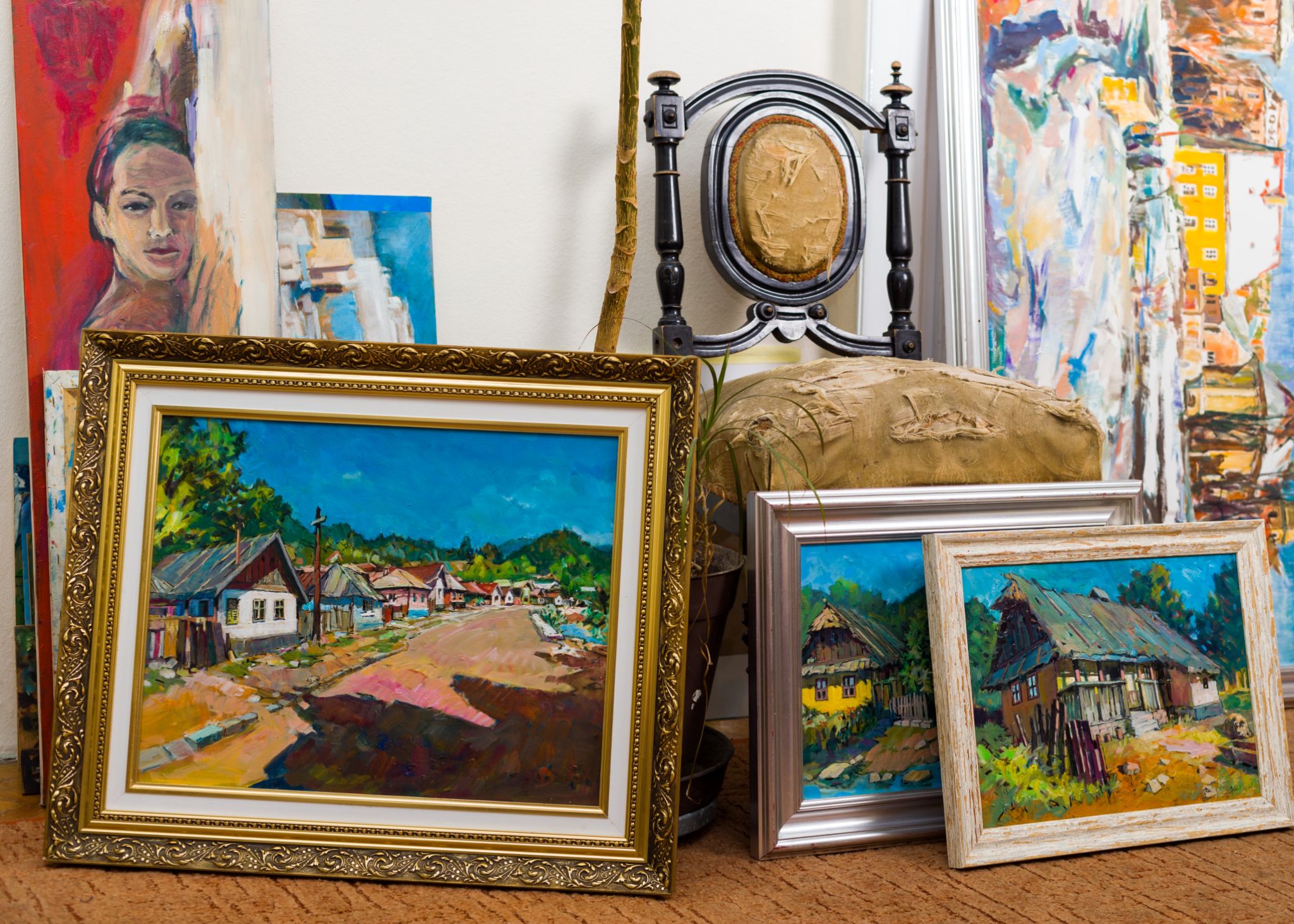Blockchain Verified Artworks: Ensuring Authenticity in the Digital Age
RT
The Rise of Blockchain in the Art World
The art world has witnessed a significant transformation with the advent of blockchain technology. As digital art gains popularity, the need for a robust system to verify authenticity becomes crucial. Blockchain, a decentralized digital ledger, offers a solution by providing a tamper-proof record of an artwork's provenance. This innovation ensures that collectors and artists can trust the legitimacy of digital artworks, reducing the risk of forgery and enhancing transparency.
Traditionally, the art market has been plagued with challenges related to provenance and authenticity. Buyers often rely on certificates of authenticity and expert opinions, which can be subjective and prone to error. Blockchain technology addresses these issues by creating a permanent and transparent record for each piece of art, accessible to anyone with an internet connection.

How Blockchain Verification Works
Blockchain verification involves registering a digital artwork on a blockchain platform, where each piece is assigned a unique digital signature or "hash." This hash acts as a digital fingerprint, linking the artwork to its creator and verifying its authenticity. Once registered, the artwork's history can be tracked, including ownership changes and any modifications made to the piece.
One of the key benefits of this system is the elimination of intermediaries. Artists can sell their work directly to buyers, ensuring they receive fair compensation while maintaining control over their creations. This direct connection between artists and collectors fosters trust and reduces transaction costs.

Benefits for Artists and Collectors
Blockchain verified artworks offer numerous advantages for both artists and collectors. For artists, this technology provides a secure platform to showcase their work without the fear of unauthorized reproductions. It also enables them to set terms for future resale, such as receiving royalties each time their artwork is sold.
Collectors benefit from increased confidence in their purchases. The transparent nature of blockchain allows them to verify an artwork's history easily, ensuring they are investing in genuine pieces. This assurance can significantly enhance the value of a collection over time.

Challenges and Considerations
Despite its advantages, blockchain verification is not without challenges. The technology is still relatively new in the art world, and widespread adoption will require education and adaptation from both artists and buyers. Additionally, the environmental impact of blockchain, particularly energy consumption from mining activities, raises concerns that need addressing.
Moreover, establishing industry standards and ensuring interoperability between different blockchain platforms are essential steps toward achieving a cohesive system that benefits all stakeholders in the art market.
The Future of Digital Art Authentication
The integration of blockchain technology in the art world marks a significant step forward in ensuring authenticity in the digital age. As more artists and collectors embrace this innovation, the potential for growth and development is immense. Blockchain not only safeguards artworks but also democratizes access to the art market, opening new opportunities for emerging artists worldwide.
As we look to the future, continued collaboration between technologists, artists, and industry leaders will be crucial in refining blockchain applications in the art world. By leveraging this technology, we can create a more transparent, secure, and accessible art market for all.
